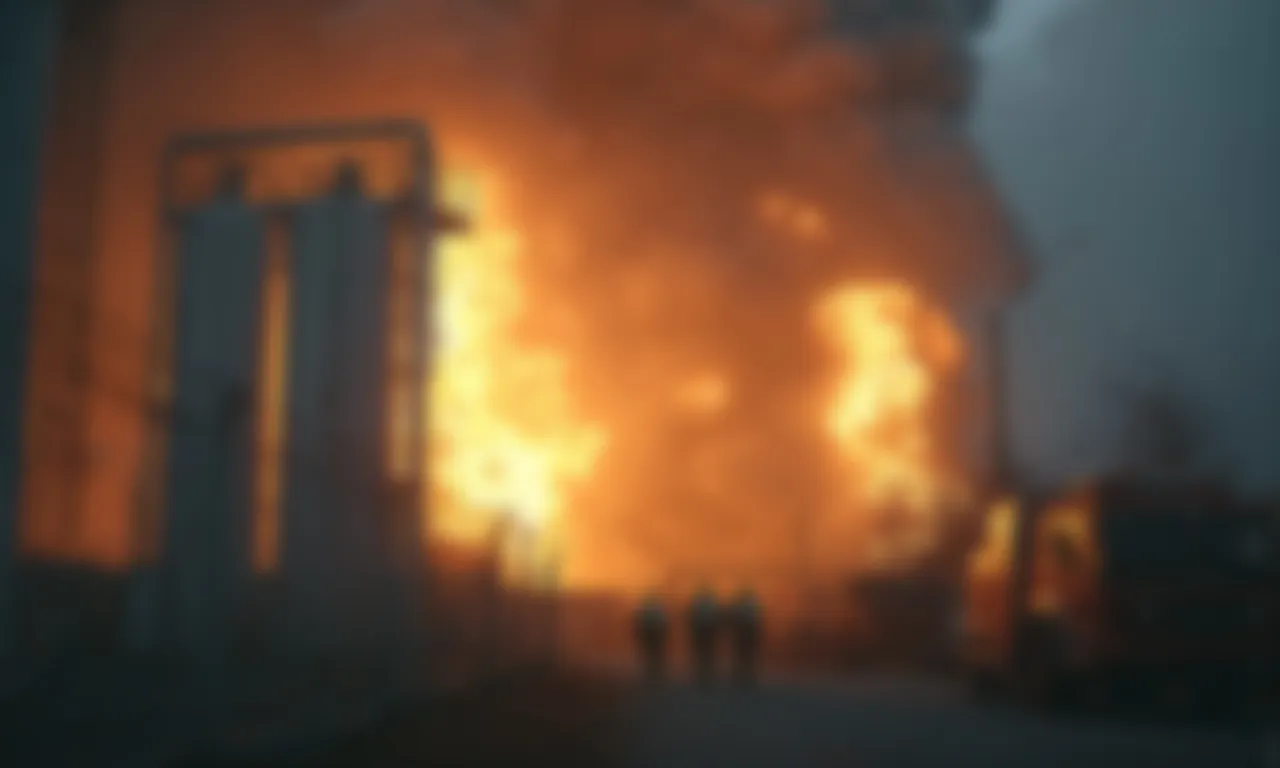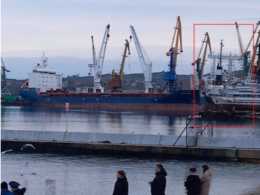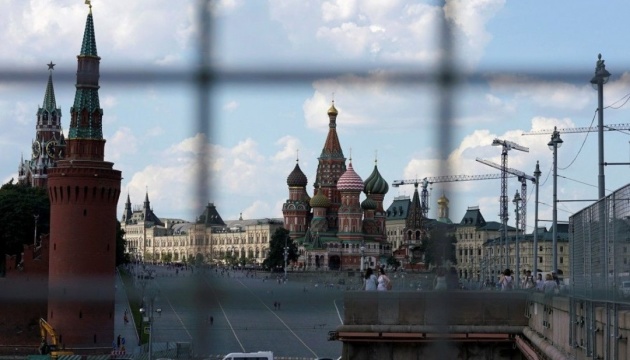Russia launches record missile strike on Ukraine . On the night of 16 October, Russia, for the first time, simultaneously launched 26 Iskander-M / KN-23 ballistic missiles against Ukraine, the Ukrainian Air Force reports.
In recent weeks, Moscow has focused on targeting power and gas facilities ahead of winter, aiming to leave Ukrainian civilians without electricity and heating during the cold months.
Record use of Iskander-M and massive combined attack
Russian forces struck Ukraine's Poltava and Kharkiv oblasts from occupied Crimea, Kursk, and Voronezh oblasts. The assault included:
- 26 Iskander-M / KN-23 ballistic missiles (previous record — 14),
- 320 Shahed strike drones,
- 2 Iskander-K cruise missiles,
- 2 Kinzhal aeroballistic missiles,
- 7 Kh-59 guided air-launched missiles.
The main targets were energy infrastructure facilities that supply gas and heat to Ukrainian citizens.
Major blow to gas infrastructure
This night marked the sixth major attack on Ukraine’s gas infrastructure since October began. Dozens of missiles and hundreds of drones hit Naftogaz facilities, temporarily shutting down some critical systems. Four employees were injured.
These attacks directly affect domestic gas production, forcing partial reliance on imports.
“I appeal to everyone — please use gas sparingly where possible. Every cubic meter saved today matters. We have the strength to cope with this as well,” said Naftogaz CEO Serhii Koretskyi.
Impact on energy stability
Russia’s strikes significantly disrupted gas and heat operations in multiple regions. Ukrainian energy workers are working to restore systems and ensure the population has access to resources. Authorities urge rational use of gas and electricity.
Ukraine’s resistance continues, and Russia’s attacks underscore the urgent need to protect critical infrastructure and secure international energy support.





